
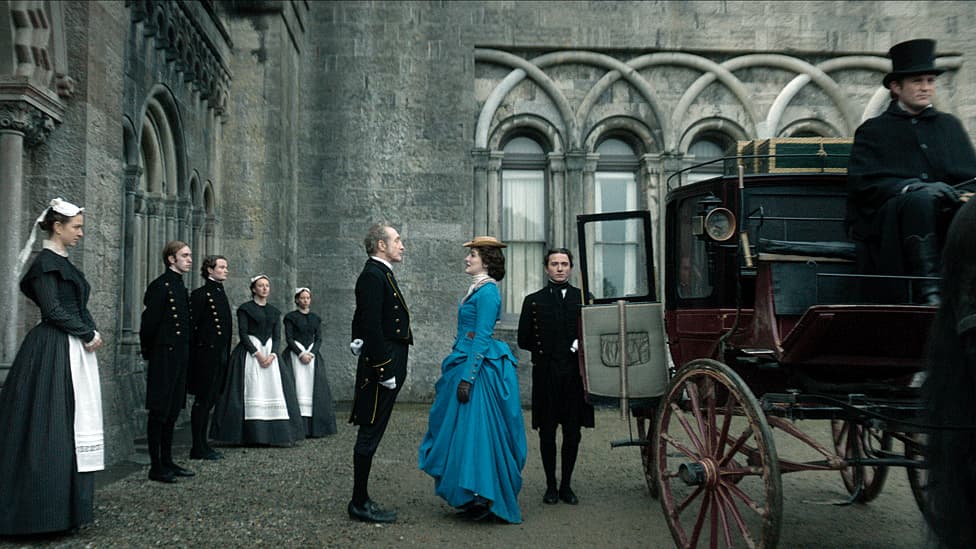
Set in Dublin in the aftermath of brewing magnate Sir Benjamin Lee Guinness' death, House of Guinness immerses viewers in a world of power, family legacy, and ambition. The series brings to life the grandeur and grit of 19th-century Ireland, blending historical drama with striking visual storytelling. Yet, while the show’s heart beats in Dublin, House of Guinness' filming locations are predominantly mapped around the North West of England. The decision to shoot beyond Ireland’s borders was a bold one—especially in an era when screen tourism can turn filming locations into cultural landmarks and major sources of local revenue.

The series is set in Dublin, following the death of Guinness tycoon Sir Benjamin Lee Guinness and the family power struggles that ensue. However, filming itself took place across the North West of England, with cities like Liverpool and Manchester used as doubles for the Irish capital.
Steven Knight, the show's creator, explained the decision to use filming locations across North West England, saying that "the fact is that Dublin now looks less like Dublin in 1868 than other areas do".
The decision not to film in Ireland didn't come lightly. Executive producer Karen Wilson said "obviously, Guinness couldn’t be more Irish — and we carried that responsibility seriously" but "unfortunately, very little remains of Dublin that still looks like it did in 1868. We quickly realised we’d have to film elsewhere. We travelled the length and breadth of Ireland and the UK, ending up in the North West of England, which had stately homes and Dublin-style streets — everything we needed".
In the end, the decision to use these industrial English cities was an attempt to do both Dublin and Guinness' history justice. If you want to learn more about how to transform film locations for period dramas and historical films, we've got you covered.

Penrhyn Castle is a 19th-century neo-Norman castle on the outskirts of Bangor. Its grand, opulent interiors and dramatic external silhouette were used to double for the Guinness family’s Ashford Castle — a perfect period stately home with richly decorated rooms and sweeping staircases.

The massive Stanley Dock Tobacco Warehouse and adjacent docks provide authentic 19th-century industrial architecture, perfect for representing large brewery yards, production warehousing and dockside sequences (used in House of Guinnessas the brewery/dock environment). The scale and brickwork give the industrial authenticity you need for brewery exteriors/warehouse interiors.
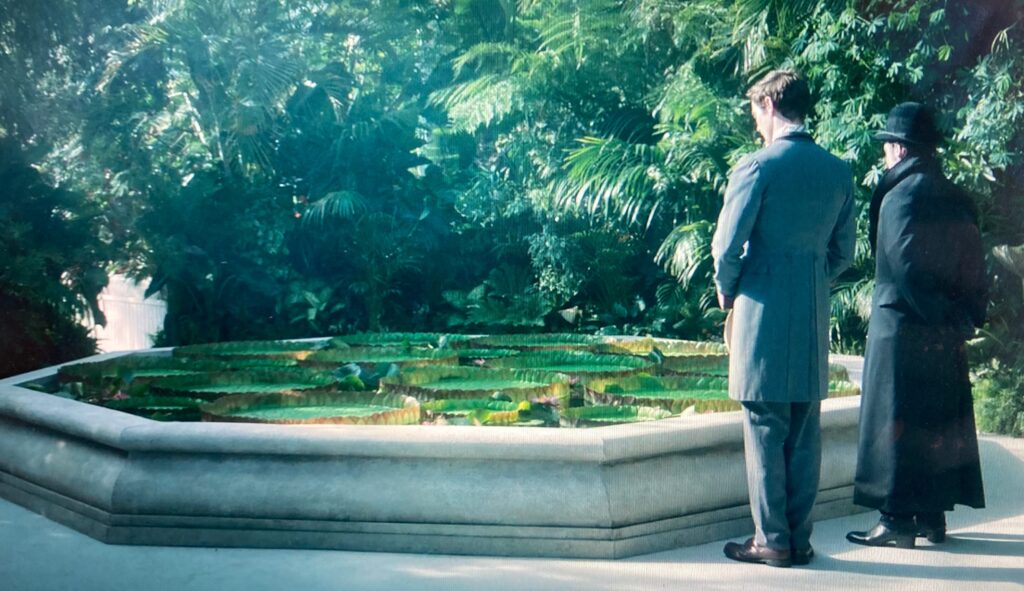
Sefton Park Palm House is a Grade II* listed Victorian glasshouse, with lush, exotic interiors and period ironwork that make it a natural fit for greenhouse/indoor garden scenes and other period interiors that require an ornate botanical backdrop. House of Guinness used it for various botanical/greenhouse settings.
SuperScout Showcase lets you share your amazing locations across the internet, with a personally branded website that lets you build and show off your collections!

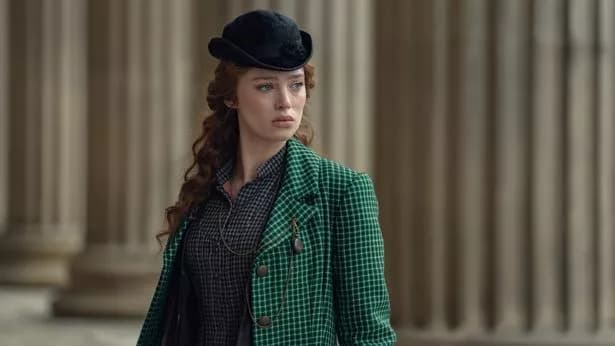
St George's Hall in Liverpool is a neoclassical civic building with grand exterior steps, columns and a large interior hall (one of the finest in Europe). Excellent for courtroom, procession, funeral and formal civic scenes — used in House of Guinness for public/protest/procession/funeral exterior & interior sequences.

Stockport's Underbanks are an atmospheric, well-preserved string of historic streets with Victorian shopfronts and intimate alleys, used as convincing period Dublin streets in House of Guinness. The narrow streets and detailed shopfronts give strong period texture for street scenes, funerals and small crowd pieces.
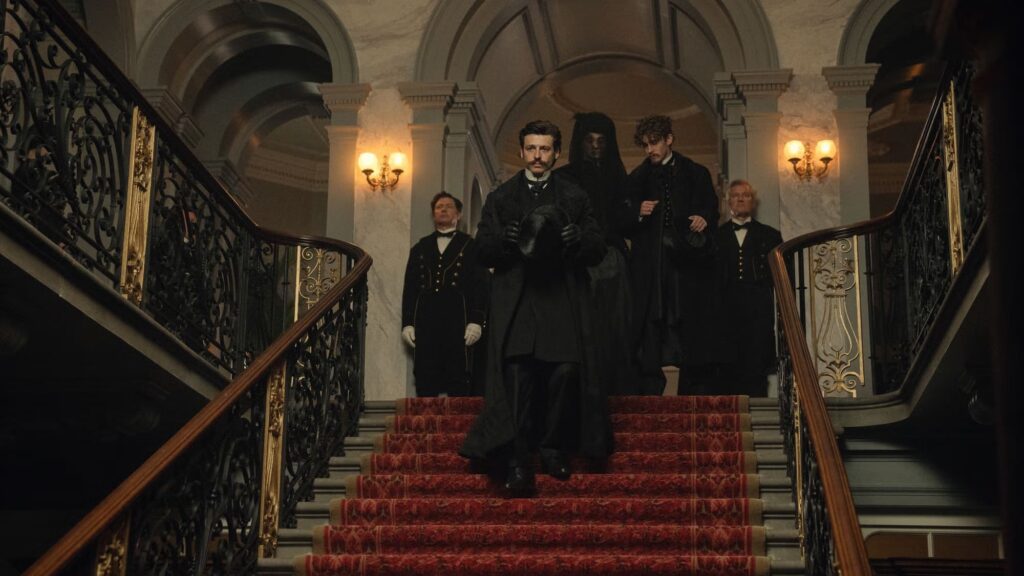
Tatton Park in Cheshire is a large historic estate with stately home interiors, formal gardens and parkland — ideal for manor house exteriors and landscaped estate scenes (used in House of Guinness for stately home/exterior estate shots).
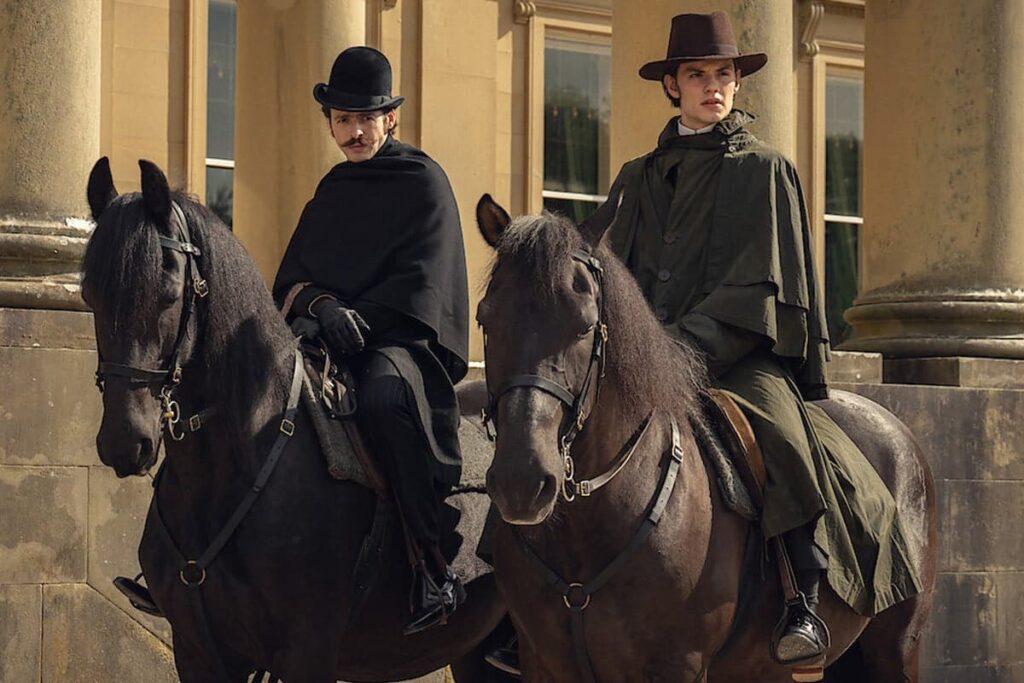
Broughton Hall is a historic 16th-century house and large estate near Skipton, offering grand interiors, period rooms, walled gardens and wide rural vistas. The estate runs film-friendly production packages and has hosted numerous TV dramas — used for country retreat / St Anne’s House scenes in House of Guinness.

Now a science adventure centre, Magna is a former steelworks, which once produced thousands of tonnes of steel for Britain’s industrial boom. The building provided the interior for the brewery's workshop, factory floor, and mash tun room scenes, representing the brewery’s inner workings and 19th-century industrial scenes.
In the end, House of Guinness proves that authenticity in storytelling doesn’t always depend on precise geographical reconstructions. By paying close attention to historical detail and atmosphere, the production team managed to capture the essence of Dublin and the Guinness family legacy, even when filming miles away from Ireland itself. It’s a testament to how these iconic House of Guinness filming locations can be, and how the right setting can transport audiences into the heart of a story.
SuperScout is your own private location library – upload locations in minutes, tag them with ai in seconds, then search and share with your team

